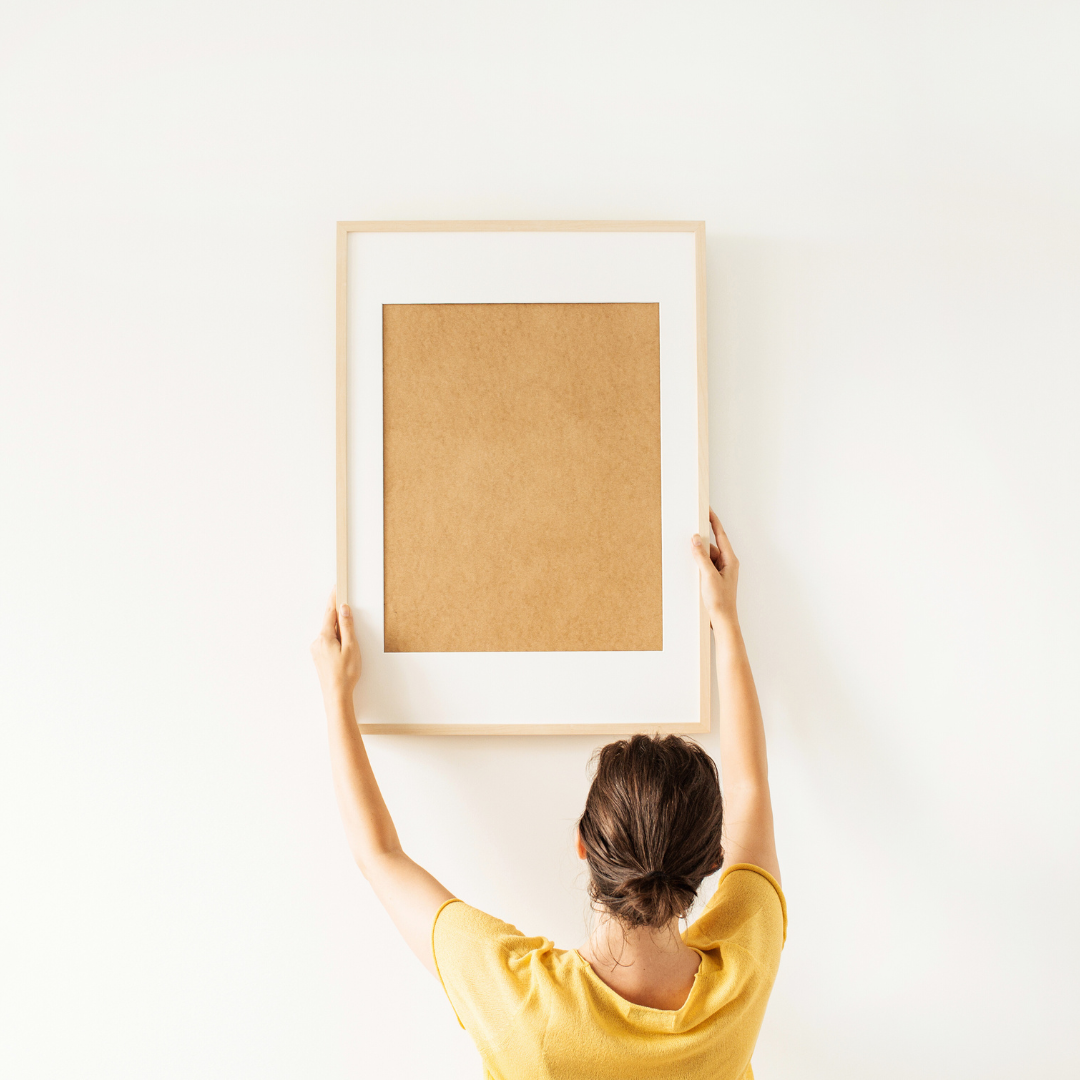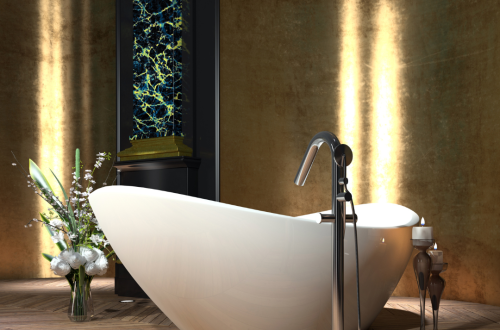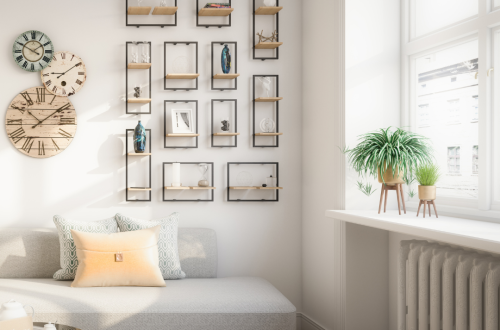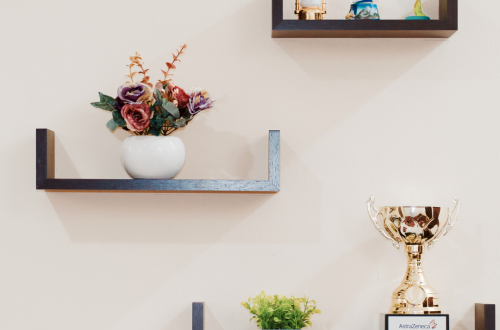Creating personalised decor can bring a unique touch to any space. Making DIY picture frames is not only a fun craft project but also allows individuals to showcase their cherished memories in a way that reflects their personal style. This guide will provide step-by-step instructions on how to make your own picture frames, making home decor both accessible and enjoyable.
Beyond simply displaying photographs, DIY picture frames can enhance the overall aesthetic of a room. Whether one prefers rustic wood, sleek metal, or colourful painted designs, the options are virtually limitless. By tailoring the frames to individual tastes, it’s possible to create pieces that harmonise beautifully with existing decor.
In addition to their visual appeal, crafting picture frames can be a satisfying creative outlet. With basic materials and simple techniques, anyone can produce high-quality frames that not only protect their memories but also serve as distinctive art pieces within the home.
Materials and Tools
When creating DIY picture frames, selecting the right materials and tools is crucial for achieving a professional look. This section outlines the key components needed to craft a durable frame and the essential tools required for the project.
Selecting Your Materials
Choosing the right materials contributes to both the aesthetic and functionality of the frame. For the structure, plywood is a strong and versatile option, while cardboard can serve as a more economical backing.
Glass alternatives like plexiglass are lighter and shatter-resistant, making them suitable for various environments. For the frame’s finish, paint or stain can enhance the appearance, allowing for personalisation.
Using wood glue ensures that the frame pieces are securely bonded. Adding wood filler is helpful for covering any imperfections in the wood, providing a smooth surface.
Essential Tools Needed
Several tools are necessary to successfully build a picture frame. A mitre saw is vital for making precise angled cuts, especially at 45 degrees for corners. Clamps are also essential to hold pieces together firmly while the glue dries.
Sanding tools help to smooth edges and surfaces, ensuring a polished finish. A chisel can be included for making adjustments or intricate details in the wood.
These tools facilitate a streamlined process, making it easier to focus on assembling the frame efficiently.
Designing Your Picture Frame
Crafting a custom picture frame involves careful consideration of size and style, as well as meticulous planning of materials. By evaluating dimensions and aesthetics, one can create a frame that complements the art print or photograph effectively. Additionally, preparing a detailed cut list ensures accurate measurements, resulting in a professional look.
Evaluating Size and Style
When designing a picture frame, it’s crucial to determine the right size to match the artwork, whether it be a large print or a smaller piece. Measure the dimensions of the art print precisely and consider a mat board if adding an extra layer for visual appeal.
Choose a frame style that aligns with the artwork. For modern pieces, sleek, minimalist designs work well, while rustic picture frames may suit vintage prints. Think about the material too; wood can add warmth, whereas metal often offers a contemporary feel.
Preparing the Cut List
Developing a cut list is essential for constructing a picture frame accurately. Start by noting the dimensions of the frame’s outer edges, including any additional width for the mat board. For example, a frame for a 30×40 cm print might require lengths of 33×43 cm for the frame itself, accounting for overlaps.
List the required materials, such as wood or canvas stretcher bars. Specify if any corners will be mitred for a professional finish. An organised cut list helps streamline the building process, making assembly simpler and more precise.
Assembling the Frame
To assemble a DIY picture frame, proper cutting and joining techniques are essential. Attention to detail during this process will ensure a sturdy and visually appealing finished product. There are key steps to follow for cutting the materials accurately and applying finishing touches effectively.
Cutting and Joining the Frame
Start by measuring the desired dimensions of the frame. Cut timber pieces to match these measurements using a handsaw or a mitre saw for precise angles. A router can be used to create grooves in the wood, making it easier to join the pieces together.
When joining the pieces, opt for wood glue for a strong bond, and clamp them to keep everything in place while it dries. For added durability, consider using wood screws in corners, or small brackets if the frame will hold heavier items like large-scale art. Ensure that each corner is squared for a professional finish.
Applying Finishing Touches
After assembling the frame, it’s time for the finishing touches. Sand the surfaces to achieve a smooth finish; this step is critical if the wood has rough edges. Use fine-grit sandpaper for the best results.
For colour and protection, apply wood stain or paint according to personal preference. Clear varnish can also be used to enhance durability while retaining the wood’s natural look. If using a glass cover for the picture, carefully secure it in place. Finally, attach any necessary hooks or hangers to optimise the frame’s functionality.
Mounting and Display
Properly mounting and displaying DIY picture frames enhances their appearance and ensures stability. It involves securely fastening the artwork and selecting the right hanging hardware for a successful display.
Securing the Artwork
To secure the artwork within the frame, consider using a brad nailer. This tool allows for precise nail placement, ensuring that the artwork stays in position without the risk of shifting.
Another approach is to use framing clips, which are designed specifically for this purpose. These clips can hold the artwork tightly against the backing board, preventing any movement.
When dealing with a DIY canvas frame, it’s essential to ensure the canvas is taut. Stretch it evenly and staple it to the frame edges for best results. Use a level to check that the artwork is aligned correctly during this process.
Attaching Hanging Hardware
Selecting the right hanging hardware is crucial for displaying the frame securely. D-ring hangers are often preferred due to their strength and ease of installation. They can support the weight of various artwork sizes.
Heavy-duty wall anchors are advisable for mounting on drywall, especially for larger frames. These provide additional support, preventing any risk of the frame coming loose.
To install the hanging hardware, first, measure and mark the desired placement on the back of the frame. Ensure that the hooks or D-rings align evenly to facilitate a straight hang. A spirit level can assist in achieving the correct alignment when mounting on the wall.






